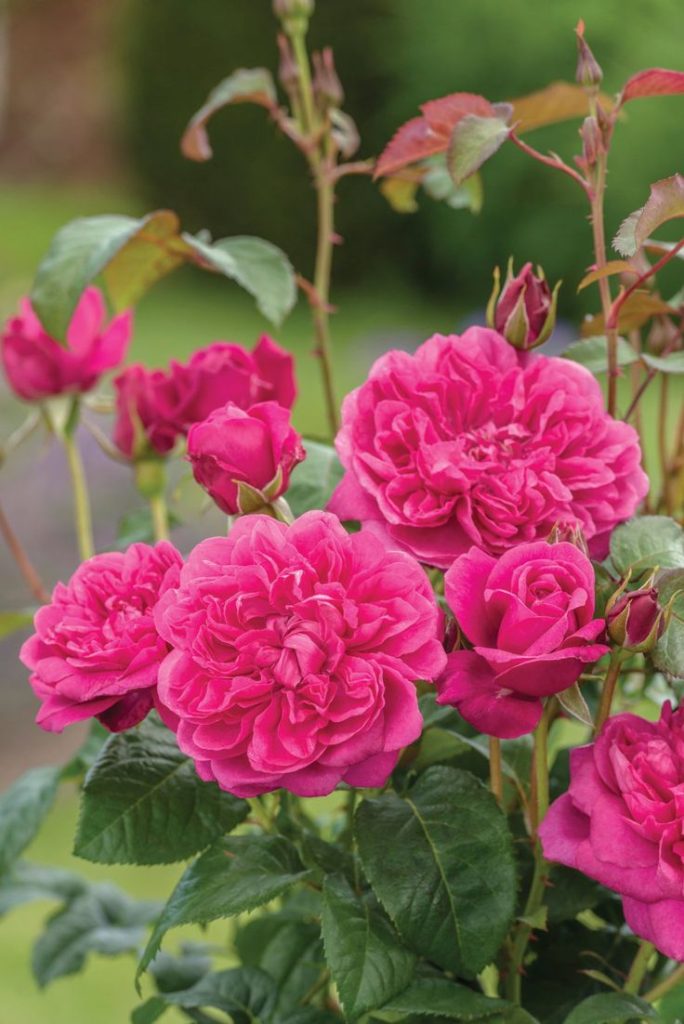Seed Planting Techniques: Tips for Successful Germination
Achieving successful germination is crucial for establishing healthy seedlings and ensuring a productive garden. By following proper seed planting techniques, you can optimize germination rates and set the stage for robust plant growth. Here are essential tips to help you plant seeds effectively and promote successful germination:








1. Seed Selection and Preparation
- Quality Seeds: Choose high-quality seeds from reputable sources to ensure viability and germination success. Check the seed packet for the recommended planting depth, spacing, and germination requirements specific to each seed variety.
- Seed Treatment: Some seeds benefit from scarification or stratification to break dormancy and improve germination. Follow specific seed treatment instructions provided on the seed packet or research individual requirements for optimal results.
2. Timing and Environmental Conditions
- Seasonal Considerations: Plant seeds at the appropriate time according to the local climate and growing season. Consider factors such as temperature, daylight hours, and frost dates to provide optimal conditions for germination and seedling development.
- Soil Temperature: Monitor soil temperature to ensure it falls within the optimal range for seed germination. Use a soil thermometer to measure soil temperature at the planting depth and adjust planting timing accordingly.
3. Seed Planting Depth and Spacing
- Depth Guidelines: Plant seeds at the recommended depth specified on the seed packet. As a general rule, larger seeds are planted deeper than smaller seeds. Proper planting depth ensures seeds have adequate soil contact for moisture absorption and root development.
- Spacing Considerations: Space seeds according to the recommended spacing guidelines to prevent overcrowding and competition among seedlings. Proper spacing allows each seedling to access sufficient light, nutrients, and water for healthy growth.
4. Seed Bed Preparation
- Soil Preparation: Prepare the seed bed by loosening the soil to improve aeration and drainage. Remove weeds, debris, and large clumps to create a smooth, uniform surface for seed planting. Amend the soil with organic matter, such as compost, to provide essential nutrients and support seedling growth.
- Moisture Management: Ensure the seed bed is evenly moist but not waterlogged before planting seeds. Excess moisture can lead to seed rot and poor germination. Water the soil thoroughly and allow excess moisture to drain before sowing seeds.
5. Planting Techniques
- Even Distribution: Sow seeds evenly across the prepared seed bed to promote uniform germination and seedling emergence. Use a hand-held seeder, seed tape, or carefully scatter seeds by hand for precise placement.
- Gentle Covering: Cover seeds with a thin layer of soil or growing medium according to the recommended planting depth. Lightly press down on the soil surface to ensure good seed-to-soil contact while avoiding compaction.
6. Protection and Care
- Mulching: Apply a thin layer of organic mulch, such as straw or shredded leaves, to help retain soil moisture, regulate temperature, and suppress weed growth. Mulching also protects emerging seedlings from drying out and reduces soil erosion.
- Consistent Moisture: Keep the seed bed consistently moist during the germination period to support seed hydration and metabolic processes. Use a gentle spray nozzle or misting system to water seeds without disturbing the soil surface.
Conclusion
By following these seed planting techniques, you can maximize the likelihood of successful germination and establish healthy seedlings for your garden. From selecting quality seeds and providing optimal environmental conditions to proper planting depth and spacing, attention to detail and proper care are essential for germination success. With patience, care, and a bit of know-how, you can enjoy the satisfaction of seeing your seeds sprout and thrive into vigorous plants ready for the growing season ahead.